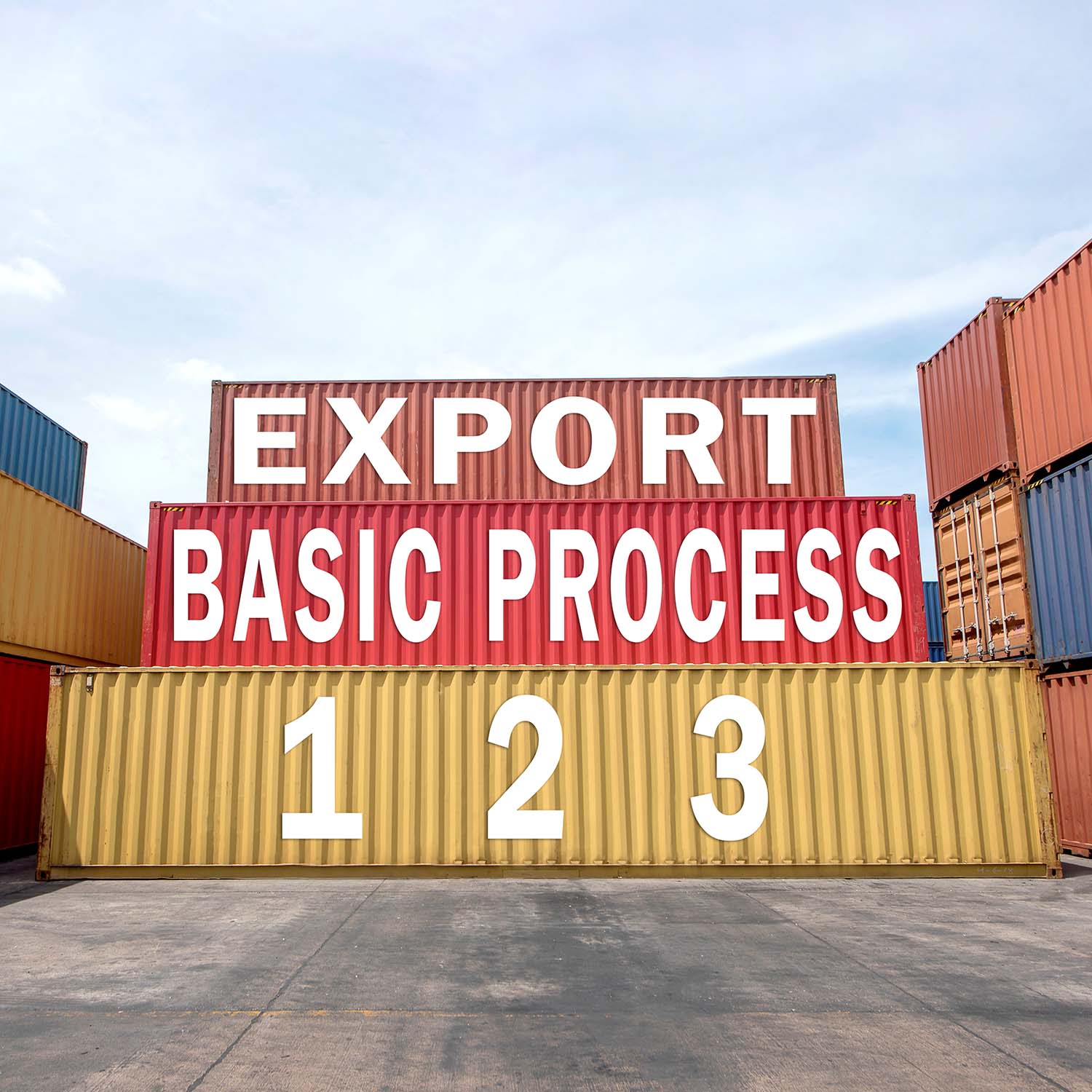Export: Basic Process
Export Protocol
The customs authority in Thailand is known as the Thailand Customs Department.
Documentation Package
The exporter prepares a documentation package consisting of an Export Declaration (Form No. 101 or 101/1) and other supporting documentation, which is submitted to Customs via its electronic data interchange (EDI) system, called e-Customs, which automatically processes the data.
Documentation Review
Customs reviews the documentation to check for:
- Authority of the entity to export
- Consistency of information across documents
- Legality of the proposed export
- Proper product classification
Customs also:
- Establishes whether to order an inspection of the shipment
- Computes duties, taxes, and other fees
- Refers documentation to other governmental agencies for exports of controlled products
- Establishes any special requirements for final clearance of the shipment
If no errors are found, a Goods Declaration Number is generated (in combination with the e-Payment system if export duties or taxes are applicable) and this is transmitted to the exporter.
Most exporters engage the services of a logistics firm or a customs broker to handle export documentation and procedures.
Time to File
The Export Declaration and supporting documents must be filed in the customs office of export before the shipment is released for export.
Electronic Filing
The e-Customs system transmits data electronically from an exporter computer system to a customs computer system. The exporter does not need to submit any paper documents. There are two ways to sign up for the e-Customs system:
- Register at the customs headquarters or at any customs office/customhouse.
- Register with an agency that is authorized to issue a Certificate Authority to obtain a digital signature.
Export License, Commodity Clearance, Certificate of Exemption
Export license(s) and/or commodity clearance(s) may be required for certain restricted articles. A certificate of exemption may be obtained for certain prohibited, banned, or controlled articles. See the Restricted and Prohibited page.
Export Documentation
All exports of physical articles require the following basic documentation:
- Export Declaration (Form No. 101 or 101/1)
- Commercial Invoice (CI)
- Packing List (P/L)
- Freight Document: Bill of Lading (B/L), Air Waybill (AWB), Rail Waybill, or Road Waybill
Some exports may require specialized documentation:
- Certificate of Origin (CoO)
- Insurance Document
- Export Licenses, Permits, Certifications
- Documents as may be requested/required by the subsequent importer
- Documents as may be required by the terms of a bank letter of credit (L/C) or documents against payment (D/P) provision
Restricted and Prohibited
The export of restricted and prohibited articles may require an export clearance from the governmental agency that regulates that article. Restricted articles include certain arms and armaments, certain technology products, plants, animals, food products, natural resource products, currency, and radioactive materials. A certificate of exemption may be obtained for certain prohibited, banned, or controlled articles. Prohibited articles include certain plants and animals, especially those of endangered species. Some restricted and prohibited articles may need to be appraised prior to export in order to determine if they are exportable. See the Restricted and Prohibited page for further information.
Inspection
The data in the Export Declaration and supporting documents is reviewed by the e-Customs system, which validates the submitted data and classifies the shipment into one of two categories:
Red Line: The shipment is subject to physical inspection.
Green Line: No inspection is required.
Exported articles may be subject to inspection when:
- The seal on the shipping container has been tampered with
- The container is leaking
- The shipment’s details in the shipping documents differ from that in the manifest
- An alert or a hold order has been put on the shipment
Customs may also perform random spot inspections.
The result of any inspection is lodged by the customs officer in the e-Customs system.
Payment of Duties and Taxes
Most exports are exempt from export duties and taxes, though they may be subject to customs fees. For articles that require value verification, appraisal, or classification in order to determine the amount of duty and taxes payable, such articles will be cleared by customs only after the exporter has discharged the obligation to pay assessed duties and taxes.
Export Regimes
The proposed export of certain arms, armaments, dual-use technology, and nuclear materials and equipment are likely to be covered by one or more Multilateral Export Control Regime. World Trade Press recommends consulting with logistics and legal specialists for more information.
Clearance and Release of Shipment
The exporter submits the verified Export Declaration and Goods Declaration Number, together with the receipt for payment (if any), at the location from which the shipment will be exported. At this stage, the customs officer checks whether the shipment is categorized as Red Line or Green Line and submits it to inspection, if required, before release.
Export Support
For help or further information contact the customs call center at [66] (02) 667 1164 or customs clinic at [66] (02) 667 7880, Ext. 4 or by email at customs_clinic@customs.go.th. Additional information may also be obtained from customs' ports of entry/exit.
Note: The above information is subject to change. Importers and exporters are advised to obtain the most current information from a customs broker, freight forwarder, logistics professional, or the local customs authorities.
Article written for World Trade Press by Taylor Holloran and Brittony Hubbard.
Copyright © 1993—2025 World Trade Press. All rights reserved.

 Thailand
Thailand 